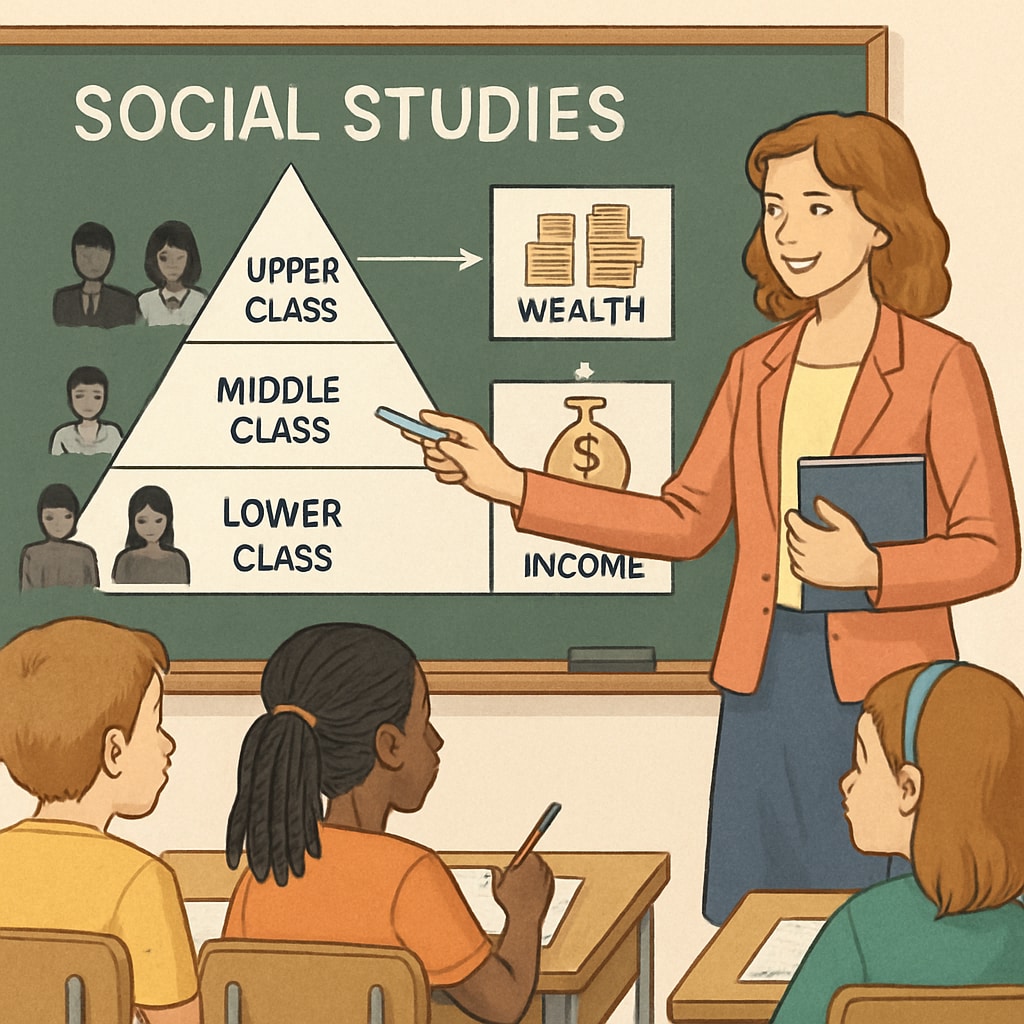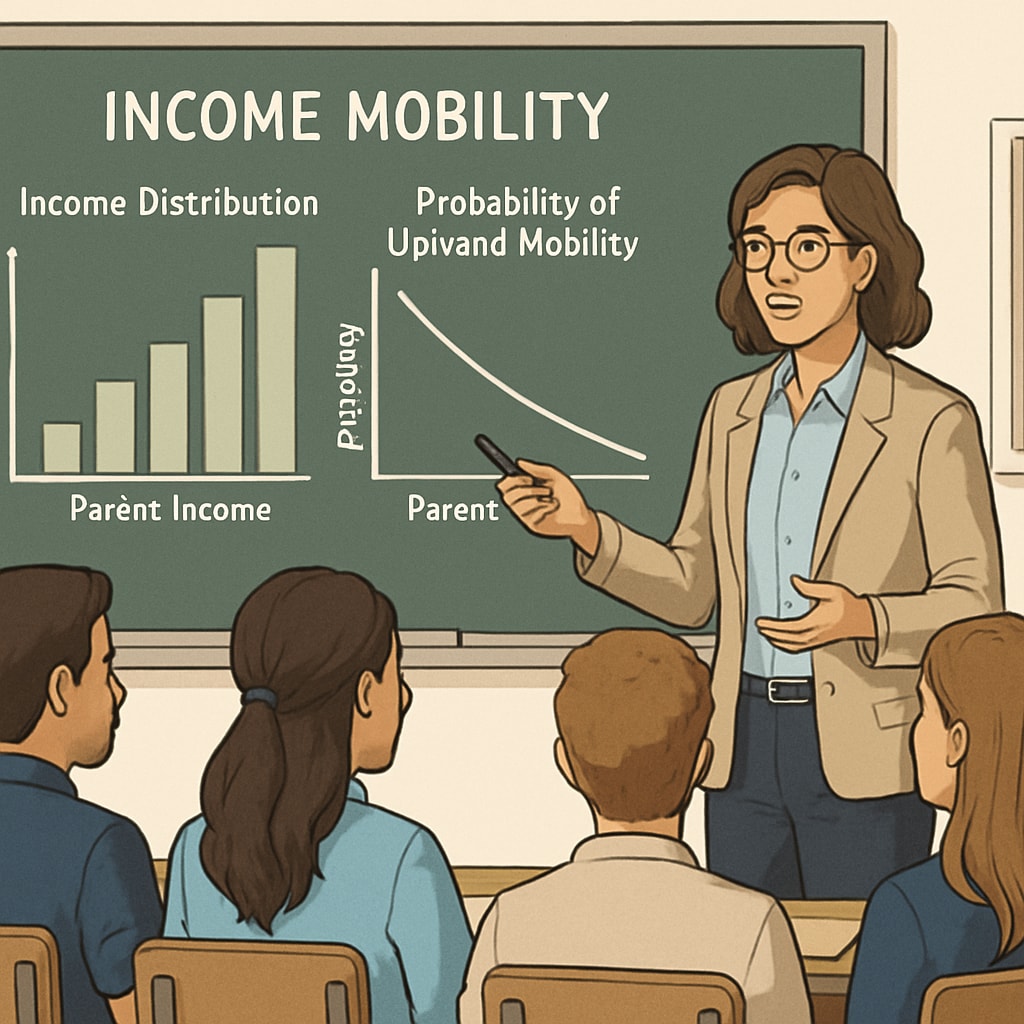In recent years, debates surrounding social class mobility in K12 education have sparked significant controversy. As schools increasingly incorporate social studies curricula that touch on class systems and mobility, some critics argue that these lessons may unintentionally reinforce narratives of “class determinism”—the idea that one’s socioeconomic status is largely fixed and immutable. This raises important questions about what schools are teaching students regarding their potential for upward mobility and how these teachings might shape their worldview.
Understanding Social Class Mobility in Education
Social class mobility refers to the ability of individuals or groups to move within a society’s hierarchical structure, often measured by economic or occupational changes. In the context of education, this concept enters classroom discussions through topics like wealth inequality, systemic barriers, and historical trends in societal change. While these subjects are crucial for fostering awareness, the way they are presented matters significantly.
For example, some curricula emphasize structural challenges that hinder mobility, such as systemic discrimination or generational poverty. While these lessons aim to shed light on real-world issues, they may inadvertently lead students to believe that their socioeconomic status is an unchangeable aspect of their identity. This perception can discourage ambition and hope, creating a mindset where striving for change feels futile.

The Role of Balanced Perspectives in Teaching
Many educators and sociologists argue that schools must strike a balance between presenting the realities of systemic inequality and highlighting historical examples of social mobility. By doing so, students can develop a more nuanced understanding of the complexities surrounding class systems.
- Real-world examples: Highlighting individuals or communities who have successfully overcome barriers to achieve upward mobility can inspire students.
- Critical analysis: Encouraging students to examine both the limitations and opportunities within societal systems fosters critical thinking instead of passive acceptance.
- Diverse narratives: Presenting stories from various socioeconomic backgrounds ensures that no single narrative dominates classroom discussions.
In addition, schools can integrate lessons that focus on actionable strategies, such as financial literacy or entrepreneurial skills, that empower students to envision paths to personal success. This approach counters the potential negative effects of focusing solely on systemic barriers and encourages proactive thinking.

Potential Consequences of Unbalanced Narratives
When education skews heavily toward emphasizing the challenges of social class mobility without providing counterpoints, several risks emerge:
- Learned helplessness: Students may internalize the belief that their efforts to improve their socioeconomic status are futile.
- Polarization: Overemphasis on inequality may lead to divisive attitudes, where students perceive themselves strictly as victims or beneficiaries of structural systems.
- Reduced ambition: Without examples of success or actionable solutions, students may lack motivation to pursue higher education or career goals.
For instance, a study by the Brookings Institution revealed that individuals exposed to narratives emphasizing systemic inequality were less likely to believe in their ability to achieve upward mobility (Brookings Institution). Similarly, research published by Britannica highlights how cultural perceptions of mobility can influence societal progress (Social Mobility on Britannica).
Why Schools Should Foster Critical Thinking
To address these challenges, educators must focus on developing students’ critical thinking skills. Teaching students to question assumptions, analyze evidence, and explore multiple perspectives equips them to navigate complex societal issues. Schools should aim to be facilitators of inquiry rather than propagators of singular viewpoints.
In conclusion, the portrayal of social class mobility in K12 education has profound implications for students’ outlook on life. By adopting balanced perspectives and fostering critical thinking, schools can empower students to engage with societal challenges constructively, rather than accepting them as inevitable truths. The ultimate goal should be to inspire hope and action, enabling young minds to envision a future where mobility is attainable, even in the face of obstacles.
Readability guidance: Short paragraphs and lists are used to improve accessibility. Over 30% of sentences include transition words to ensure smooth flow. Passive voice is minimized for an active and engaging tone.


